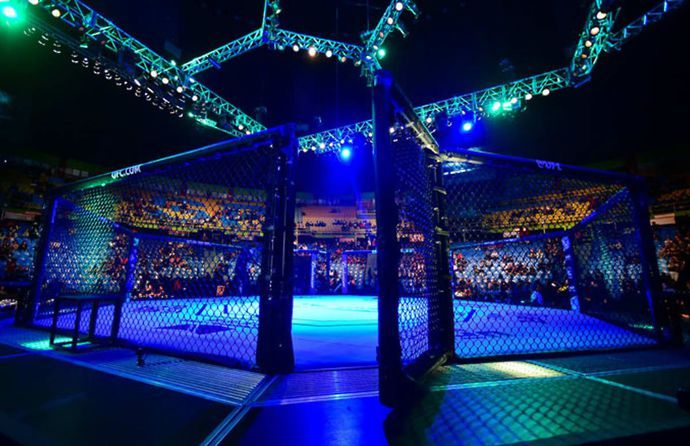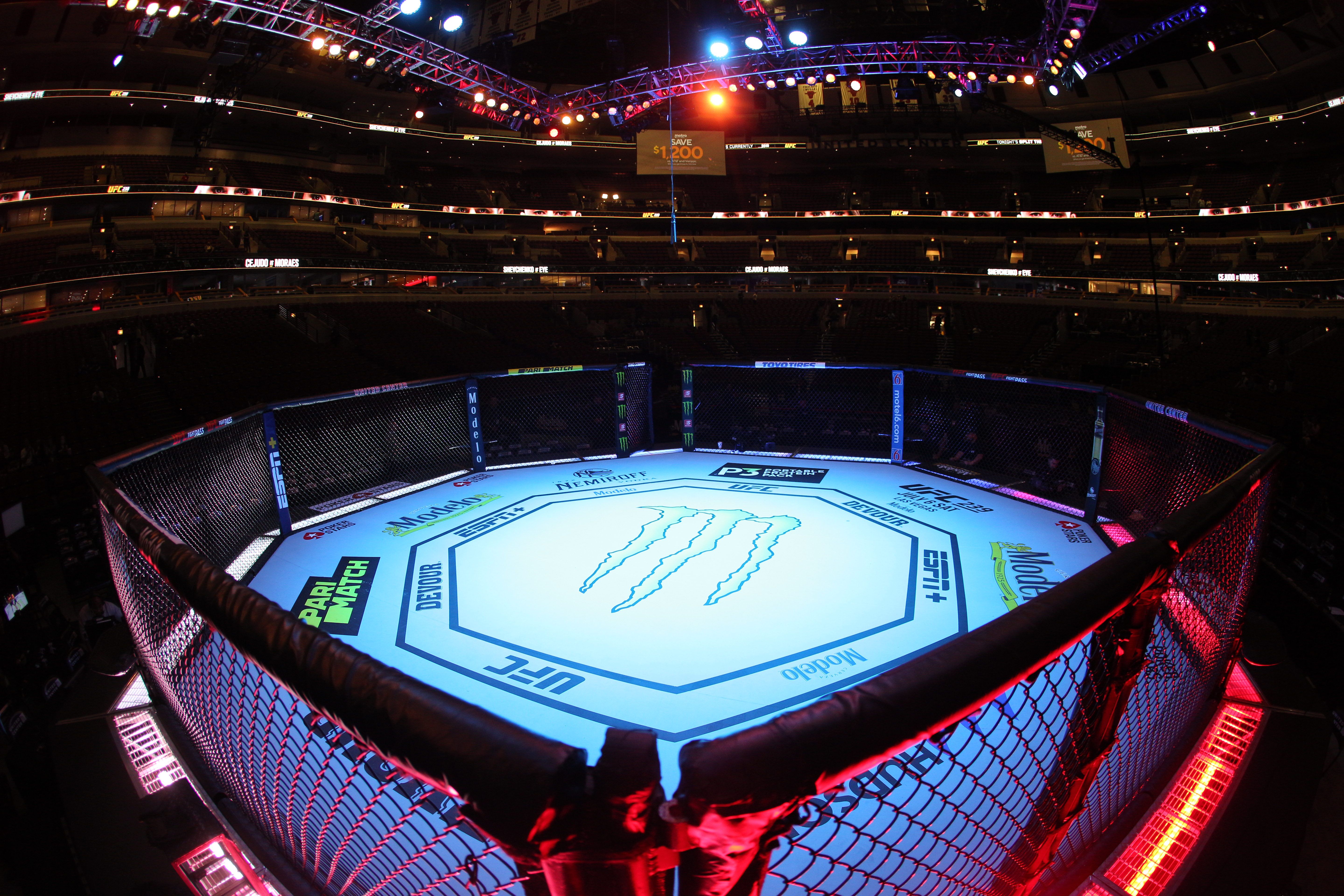On November 12, 1993, the Ultimate Fighting Championship held its first event and it was definitely a far cry from the what type of fights we’re used to seeing from the promotion in the present day. The event was created by Rorion Gracie and Art Davie, who wanted to bring fighters of different disciplines together in order to answer questions such as “Can a wrestler beat a boxer?†and so forth.This led to them pitting then-locally famous promotions Gracie Garage Challenge fights versus California’s martial artists against each other, only on a much larger stage with opponents picked from an international pool.
The details behind the first ever UFC event
They also put adverts in the martial arts magazines, where only half a dozen responded after he couldn’t goad other famous fighters of various disciplines into participating due to their lack of interest in doing so.
At first, the promoters pitched an idea that the event be similar to fighting video games, such as Mortal Kombat and Street Fighter in a tournament format.
They wanted to make it looks as brutal as possible, but of course, most of these ideas were rejected.
They also had several ideas about the setting of the fight, but eventually settled on the eight-sided cage with chain mesh that has become its staple today – otherwise known as the Octagon.
CHICAGO, IL - JUNE 08: General view of the UFC 238 octagon at United Center on June 8, 2019 in Chicago, Illinois. (Photo by Rey Del Rio/Getty Images)
Why did the first UFC organisers choose an Octagon?
They also settled on hosting it at the McNichols Sports Arena in Colorado, as the state didn’t have its own athletic commission and thus wouldn’t require approval for bare-knuckle contests.
This was done so they could make their own mark in terms of presentation, so that they weren’t similar to professional boxing or professional wrestling.
It also was done that so fighters wouldn’t use the ropes or the edge of the ring to gain an unfair advantage when grappling.
General rules agreed upon were no doping probes, no holds barred, no biting, no eye-gouging, no mandatory use of gloves and/or combative uniform and no judges scoring.
Video: Highlights from UFC 1 in 1993
The fights themselves were formatted to have unlimited five-minute rounds with a minute to take a rest in between each one and a result would only be determined via knockout, submission or corner stoppage.
A $1,500 fine was enforced to make sure none of those rules were broken.
There were also no weight classes, which saw some interesting match-ups on the show itself.
UFC 1 was a truly bizarre event
An eight-man tournament was then settled upon to take place on the event, with eight participants being kick-boxers Kevin Rosier and Patrick Smith, savate fighter Gerard Gordeau, karate competitor Zane Frazier, shoot-fighter Ken Shamrock, sumo wrestler Teila Tuli, boxer Art Jimmerson and Brazilian jiu-jitsu black belt fighter Royce Gracie – younger brother of Rorion, with the winner earning themselves a $50,000 purse.
Gracie would go on to win the tournament after winning all his bouts via submission, defeating Jimmerson in the quarter-finals, Shamrock in the semis and Gordeau in the finals.
None of the fights lasted longer than five minutes, with the longest being 4:20 in Rosier’s TKO stoppage win over Frazier and the shortest being 26 seconds.
This saw a no-time limit rule introduced for UFC 2, although this format hasn’t stuck with the present either.
The event boasted two major accomplishments – one being able to secure a famous commentary team for the event consisting of Bill Wallace, Jim Brown and Kathy Long, with analysis being done by Rod Machado and post-fight interviews by Brian Kilmeade.
How many PPVs did UFC 1 sell?
The other was the amount of pay-per-view buys, with 86,000 people tuning into the event being broadcast on national television.
As you can see, the UFC has definitely evolved in its near 30-year history, and has seen the company surge in popularity in the Dana White era after almost going out of business in 2004.
There has also been a lot of rule changes, especially now that there are weight classes, mandatory combative gloves and gear, as well as maintaining the same rules in terms of what constitutes as cheating.





















